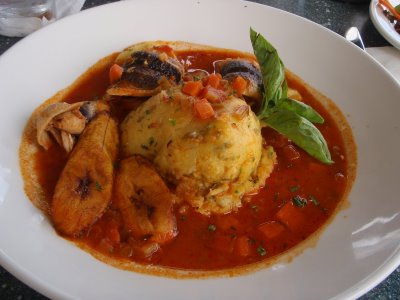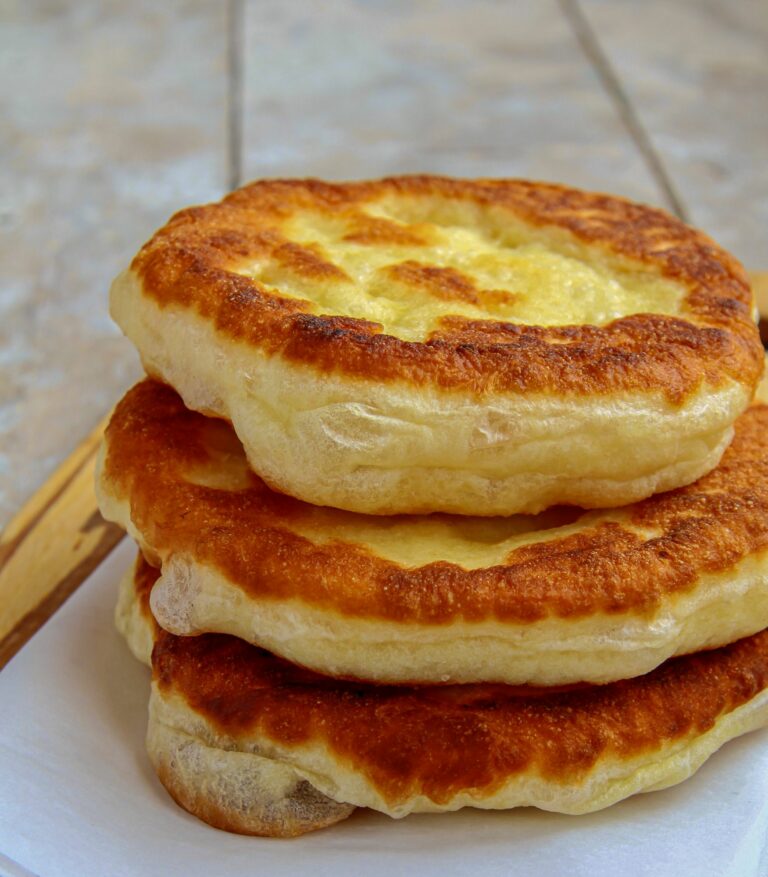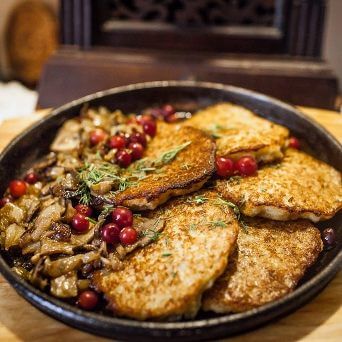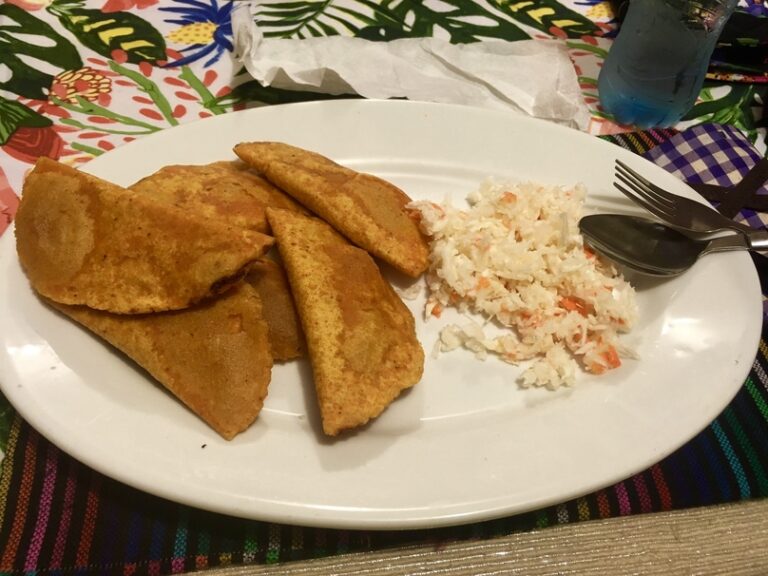Introduction: Exploring Bangladeshi Cuisine
Bangladeshi cuisine offers a unique blend of flavors, spices, and textures that capture the essence of the country’s cultural heritage. From mouth-watering meat dishes to delectable desserts and sweets, the food in Bangladesh is guaranteed to tantalize your taste buds. As a first-time visitor, exploring the local cuisine should be high on your itinerary.
In this article, we will recommend some typical Bangladeshi dishes that you must try during your trip. Whether you are a meat lover, seafood aficionado, or vegetarian, you will find something to suit your palate in the diverse and flavorful cuisine of Bangladesh.
Bengali Breakfast Favorites
Start your day like a local by indulging in some traditional Bengali breakfast favorites. Pitha, a type of rice cake, is a popular choice for breakfast or snack time. Another popular breakfast item is paratha, a flaky, layered flatbread that is typically served with a savory curry or chutney. Chholar Dal, made from split chickpeas and served with fried bread and potato, is another classic breakfast dish that is sure to satisfy your hunger and taste buds.
Mouth-Watering Meat Dishes
If you are a meat lover, you are in for a treat in Bangladesh. One of the most iconic meat dishes in the country is biryani, a fragrant rice dish cooked with meat, spices, and vegetables. Another must-try dish is kosha mangsho, a spicy lamb curry that is slow-cooked to perfection. Rezala, a rich and creamy chicken curry, is another popular meat dish that is best enjoyed with a side of naan or paratha.
Fish Delicacies of Bangladesh
With its abundance of rivers and waterways, Bangladesh is renowned for its seafood delicacies. Hilsa, a popular and prized fish in the country, is typically served fried or in a tangy curry. Another popular fish dish is chingri malai curry, a flavorful prawn curry cooked in coconut milk and spices. Rui macher jhol, a simple and comforting fish stew made with mustard oil and spices, is another must-try dish for seafood lovers.
Vegetarian and Vegan Options
Vegetarians and vegans will not be disappointed with the variety of options available in Bangladeshi cuisine. Alu posto, a flavorful dish made with potatoes and poppy seeds, is a staple vegetarian dish. Another popular vegetarian option is dal, a lentil dish that is typically served with rice and vegetables. Shobji bhorta, a mashed vegetable dish, is another must-try dish for those who prefer plant-based cuisine.
Traditional Rice and Breads
Rice is a staple in Bangladeshi cuisine and is typically served with a variety of meat, seafood, and vegetable dishes. Biryani, pulao, and khichuri are some of the most popular rice dishes in the country. Naan, paratha, and roti are some of the most popular bread options and are typically served with curries or chutneys.
Delectable Desserts and Sweets
Bangladesh has a rich tradition of sweet dishes and desserts. Roshogolla, a spongy and syrupy dessert made with paneer and sugar, is a favorite among locals and visitors alike. Mishti doi, a creamy and sweet yogurt dessert, is another must-try sweet dish. Chomchom, a sweet and sticky milk-based dessert, is another popular choice for those with a sweet tooth.
Drinks and Beverages to Try in Bangladesh
To wash down all the delicious food, be sure to try some of the local drinks and beverages. Cha, a sweet and milky tea, is a staple in Bangladesh and is typically served with breakfast or snacks. Doi, a tangy and creamy yogurt drink, is another popular beverage that is perfect for cooling down on a hot day. Lassi, a yogurt-based drink that is typically flavored with fruit or spices, is another refreshing option.
In conclusion, Bangladeshi cuisine offers a diverse and flavorful range of dishes that are sure to satisfy any palate. From meat dishes to seafood delicacies, vegetarian options to sweet treats, the food in Bangladesh is not to be missed. Be sure to explore the local cuisine and try some of the recommended dishes during your visit to this beautiful country.











